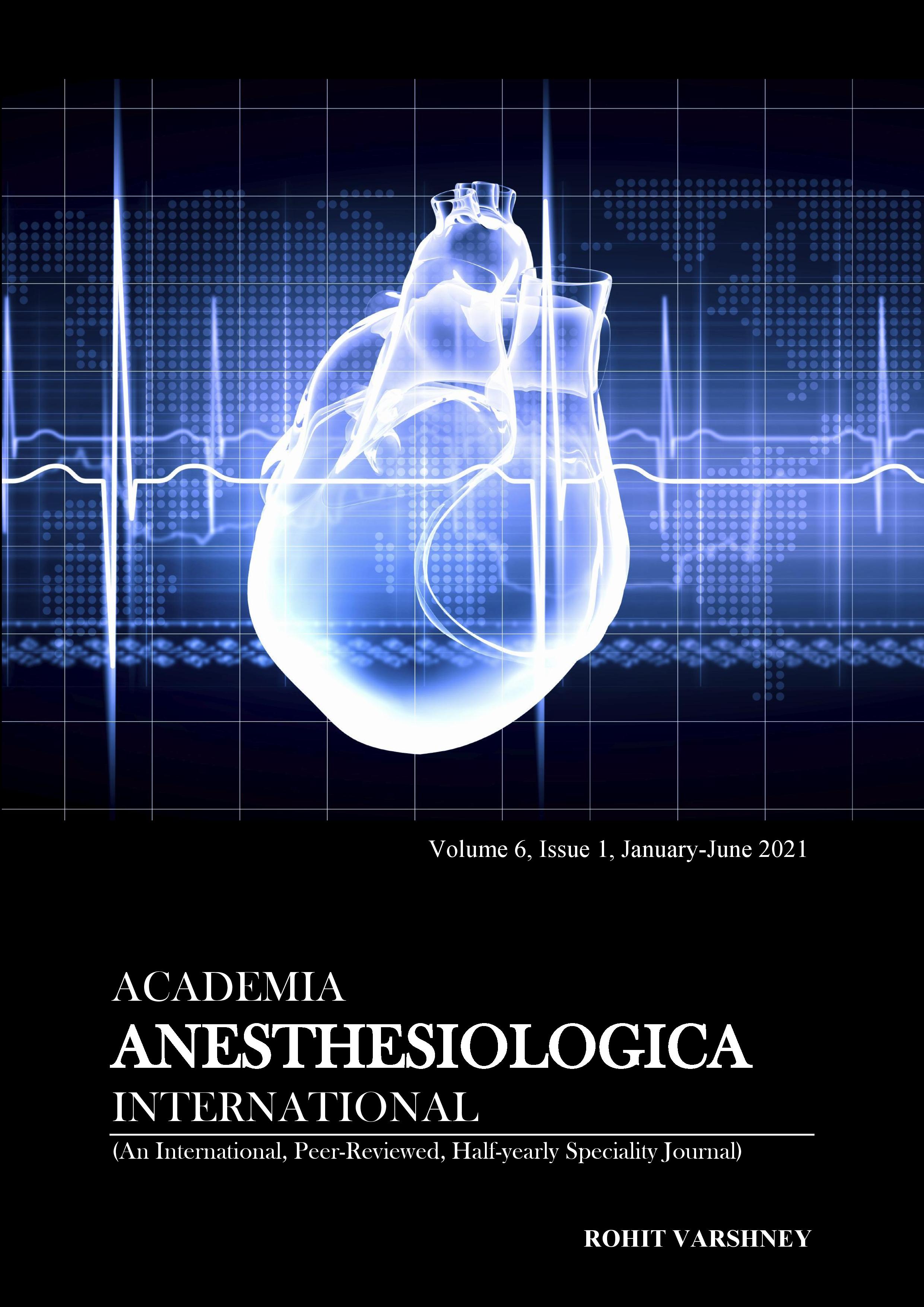Intravenous Dexamethasone versus Tramadol for Prevention of Shivering after General Anaesthesia: A Randomised Double Blind Placebo Controlled Trial
Dexamethasone and Tramadol for Shivering
Abstract
Background: Postoperative shivering is very common and followed by many complications. In most operating and recovery rooms, shivering is controlled by the use of humidifiers, warming blankets and humidified oxygen. However pharmacological control is an alternative modality. The goal of this study was to compare the effect of dexamethasone, tramadol and saline for prevention of shivering and nausea/vomiting after general anaesthesia. Subjects and Methods: This double blind randomised controlled study was carried out on 300 patients being operated under general anaesthesia. The patients were block randomised into three groups (n=100 each). Group D received 0.1 mg.kg?1dexamethasone, Group T received 1 mg.kg?1tramadol and Group C received normal saline I.V as 10 ml solution just after endotracheal intubation. Temperature monitoring was done. In the recovery room, all patients were continuously observed for occurrence of shivering, nausea and vomiting. Quan- titative parameters were compared by unpaired t-test and qualitative parameters by Chi-square / Fishers exact test. Hemodynamic parameters were compared using repeated measure ANOVA. Results: The incidence of shivering was 23% in group D, 9% in group T and 51% in group C (p<0.001). In group D, 22% patients developed PONV as compared to 62% in group T and 59% in group C (p<0.001). Conclusion: Both dexamethasone and tramadol are effective anti-shivering agents with tramadol being more effective. However, since tramadol has a slightly higher clinical incidence of nausea/vomiting, dexamethasone should be the preferred anti-shivering agent in surgeries or patient subgroup who are at a higher risk of developing PONV.
Downloads
Copyright (c) 2021 Author

This work is licensed under a Creative Commons Attribution 4.0 International License.





